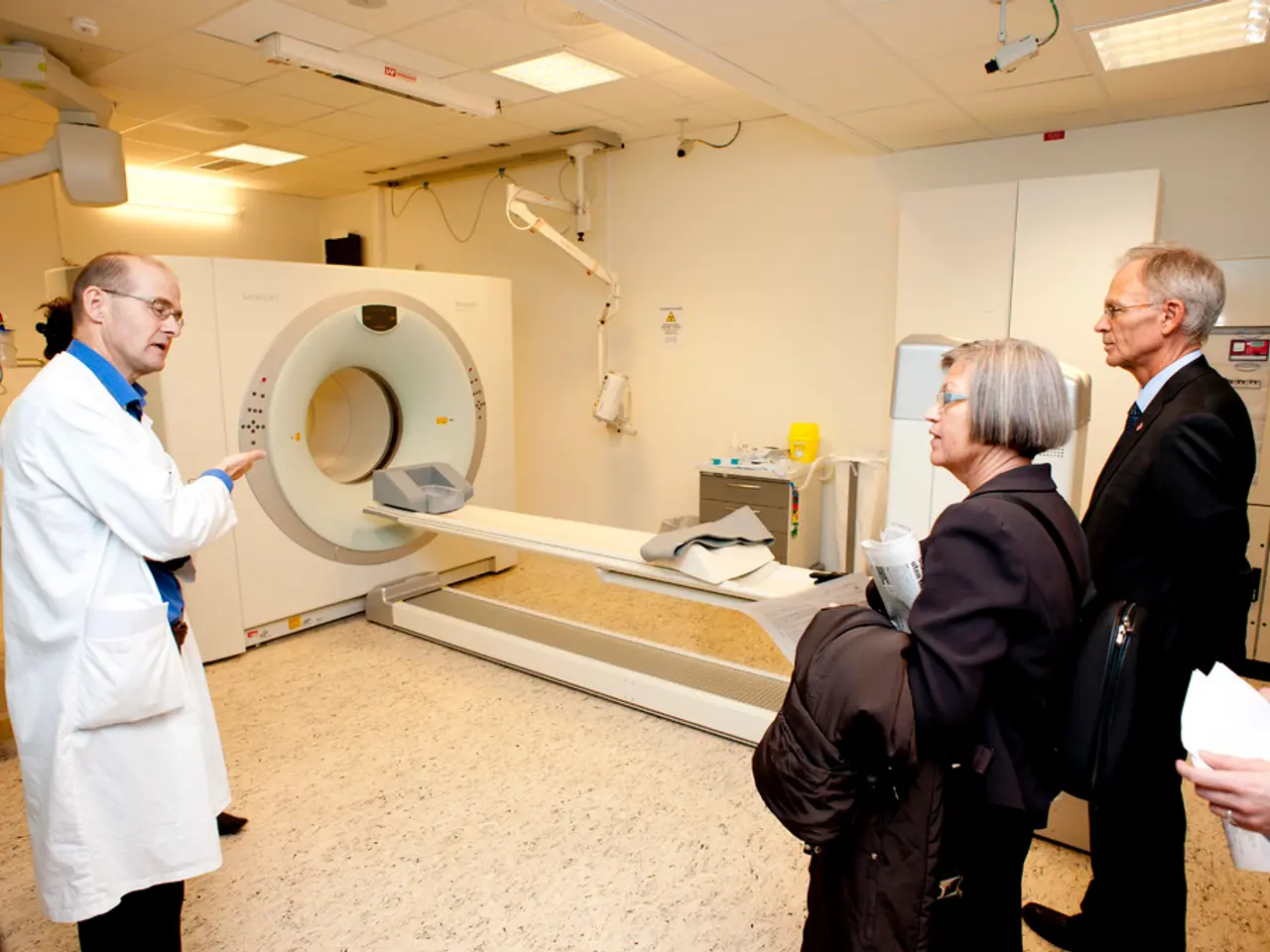Ensuring Medical Decisions are Secure: The Importance of Quality Engineering
In the rapidly evolving landscape of healthcare, Artificial Intelligence (AI) is making significant strides, from tumor detection to predicting readmissions and assisting with triage decisions. However, as AI becomes more prevalent in hospitals, the focus shifts from merely determining whether it works, to ensuring it will protect patients when it truly matters.
QE (Quality Engineering) professionals are at the forefront of this challenge. They are tasked with testing AI not just for bugs, but for bias, breakdowns, and blind spots, with the ultimate goal of safeguarding patient safety.
Rigorous Testing and Regulatory Compliance
Medical device software incorporating AI must undergo extensive functional, usability, and safety testing consistent with regulatory standards such as IEC 62304 and data protection laws. Clinical trials and research studies are essential to validate that the AI system meets safety and performance requirements before market release. Regulatory submissions require comprehensive documentation and evidence of compliance.
Integration into Healthcare Ecosystems
Successful QE requires ensuring seamless interoperability of AI tools with existing healthcare infrastructure, such as EHR, PACS for imaging, and lab systems, using standards like DICOM and HL7. This integration is critical to avoid workflow disruptions, delays, or clinician resistance which might compromise patient safety or data integrity.
Risk-Based and Fit-for-Purpose Frameworks
The 2025 ISPE GAMP Guide for AI-enabled systems offers a state-of-the-art framework emphasizing a risk-based approach. It helps organizations focus efforts on high-impact areas, balance innovation with compliance, and select system designs appropriate to their maturity. The guide also stresses continual improvement driven by new data and ongoing monitoring strategies to maintain control and performance over time.
Bias Detection and Data Integrity
Detecting and mitigating bias in AI diagnostics requires transparent model evaluation, inclusive validation datasets, and ongoing surveillance in clinical settings. The importance of data integrity and bias mitigation is underscored by the need for ongoing monitoring and continual improvement highlighted in quality frameworks.
Digital Foundation and Process Standardization
AI effectiveness depends on solid foundations—standardized, documented, and verified clinical and operational processes. Without this, AI may automate flawed processes. Quality engineering must embed tools like connected worker systems, routine process audits, on-the-job training, and digitized data capture to ensure consistent application and trustworthy AI insights.
Lean Principles and Continuous Improvement
Leveraging Lean methodology with AI aids in identifying inefficiencies in development and testing workflows, enabling faster innovation and higher quality. Reducing friction in engineering and validation processes through AI accelerates delivery without compromising safety or efficacy, indirectly supporting better QE practices focused on patient outcomes.
In conclusion, emerging best practices for QE in AI-based medical devices emphasize compliance with established medical device software standards, robust and risk-based testing, seamless system integration, ongoing monitoring for performance and bias, strong digital process foundations, and continuous improvement frameworks. These collectively ensure that AI diagnostics and devices deliver reliable, safe, and equitable outcomes for patients.
Leaders should treat quality as foundational, not a bolt-on. By adhering to these best practices, we can confidently harness the power of AI to revolutionize healthcare, all while prioritizing patient safety and well-being.
[1] Regulatory Compliance and Documentation for AI in Healthcare [2] ISPE GAMP Guide for AI-Enabled Systems [3] Digital Foundation for AI in Healthcare [4] Lean Principles and AI in Healthcare
- Gopinath Kathiresan, a quality engineering professional, is committed to ensuring regulatory compliance and thorough documentation for AI in healthcare, as he understands the importance of these practices in maintaining patient safety and well-being.
- As AI technology advances in the medical field, focusing on areas like science, medical-conditions, and health-and-wellness, Gopinath Kathiresan recognizes the need for integrating these innovations into existing healthcare ecosystems, such as EHR, PACS, and lab systems, to promote seamless interoperability and protect patient safety.



